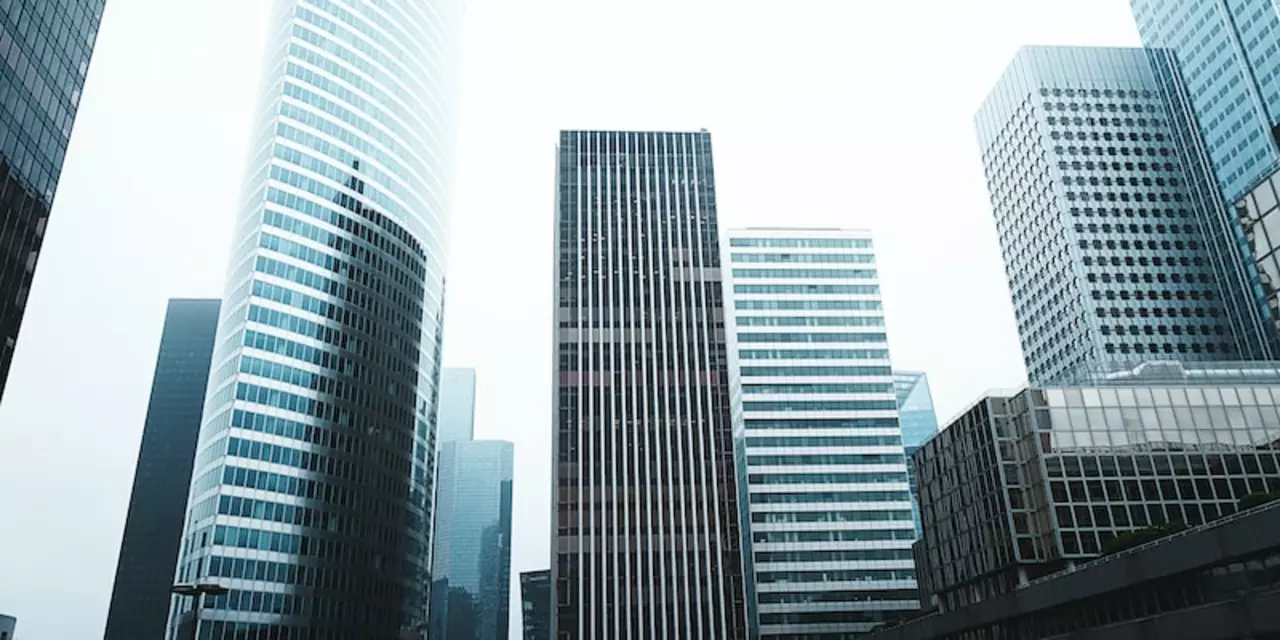City – Understanding the Heartbeat of Urban Life
When you hear the word city, a densely built area where people live, work, and play together, you probably picture busy streets, towering blocks, and a constant buzz. Also called a metropolitan area, a city is more than brick and mortar; it’s a living system that evolves with its residents. Below you’ll see how city life links to planning, transport, culture, and money flow.
How Urban Planning Shapes the City Experience
Think of urban planning, the process of designing land use, infrastructure, and public spaces as the city’s blueprint. When planners allocate zones for housing, schools, and parks, they set the stage for how people move and interact. City encompasses urban planning – the better the plan, the smoother daily life feels. Good zoning can cut commute times, boost green space, and raise property values.
Population numbers bring reality to that blueprint. A city’s demographics, the statistical characteristics of its residents determine demand for services, housing types, and job markets. Younger crowds push for vibrant nightlife and tech hubs, while an aging population may need more healthcare facilities and accessible transit.
Culture adds the flavor that turns a collection of buildings into a place people love. city culture, the shared arts, traditions, and social habits of its inhabitants shows up in street art, festivals, food stalls, and local slang. Culture influences city identity, helping attract tourists and creative talent alike.
Economy drives the engine behind everything else. A city’s economy, the network of businesses, jobs, and financial activity within its borders creates jobs, funds public services, and fuels innovation. When the economy thrives, the city can invest in better roads, schools, and public safety.
Transportation is the circulatory system that keeps the city alive. transportation, all modes of moving people and goods, from buses to bike lanes links neighborhoods, reduces congestion, and cuts emissions. Transportation influences city economy by easing access to jobs and markets.
Governance ties all these threads together. City councils, mayoral offices, and community boards decide budgets, set regulations, and champion projects. Strong governance ensures that urban planning, transport, culture, and economy work in harmony rather than at cross‑purposes.
Sustainability is fast becoming a non‑negotiable goal. Green roofs, renewable energy grids, and waste‑reduction programs help cities lower their carbon footprint. When sustainability is baked into planning, the city becomes healthier for its residents and more resilient to climate shocks.
Technology is turning many cities into “smart” hubs. Sensors monitor traffic flow, apps let you pay for parking in seconds, and open data portals let citizens track budget spending. Smart solutions make city services faster and give residents more control over their environment.
All these pieces—planning, demographics, culture, economy, transport, governance, sustainability, and tech—interlock to create the daily rhythm you feel when you walk down a bustling main street or sit in a quiet park. Understanding how they connect helps you read the news, spot trends, and make smarter choices about where to live or work.
Below, you’ll find a curated mix of stories that touch on these themes. From debates over urban policy to profiles of cultural hotspots, the collection gives you a front‑row seat to the forces shaping modern cities. Dive in and see how each angle adds depth to the bigger picture.

What is the largest city without a professional sports team?
The article discusses the largest cities in the world without a professional sports team. It mentions that the largest city without a team is Chongqing in China, with a population of over 30 million people. It goes on to mention that other cities without professional sports teams include Milan, Italy, Liuzhou, China, and Osaka, Japan. It then explains the reasons why these cities have not yet developed a professional sports team, including lack of funding and limited public interest. Finally, it suggests that if these cities are able to secure funding and develop a fan base, they may be able to have a professional sports team in the near future.
Read More


